Having spent a few days with my new Canon EOS 5D, here’s a first impressions based review, in which I explain the merits and demerits of the 5D, plus give you some examples shots from the field.
Welcome to Episode 5, which couldn’t be more appropriate for a first impressions review of the Canon EOS 5D, digital SLR released last week. I received my 5D on September 28, the day of its release having ordered a month previous, following its announcement. I’ve been waiting for a full sized sensor digital SLR from Canon that are more affordable than the 1Ds series. I remember even predicting that it would be called either a 3D or a 5D a few years ago, when the 10D was released, but then lost confidence in that statement when Canon backpedaled by calling the 10D successor 20D.
I also recall saying in a Canon Japan survey that if they released a full size sensor camera below $4,000 I would buy it. I couldn’t go back on my word now could I? Seriously though, I was actually saving for a 1Ds professional DSLR but was probably going to have just about enough money to buy it by the time the Mark III or whatever the Mark II’s successor will be called. Although I would still love to own a 1Ds, I’d saved just enough to buy the 5D and the 24 – 105mm F4L IS USM lens that what released simultaneously with the 5D, and due to a few other factors that I’ll get to shortly, I simply couldn’t resist the 5D.
Before I start really getting into this, I should say that this will not be a full technical review of the EOS 5D. This is going to be my first impressions of the 5D having used it for a few days, with what I consider good, and what I consider not so good about this new offering from Canon. If you would like to see some technical reviews, and also other interesting articles, take a look at the Podcast notes. I’ll include there a link to a review on DPReview.com and another to Michael Reichmann’s excellent site, the Luminous-Landscape, where you’ll find some excellent reviews and other very interesting articles.
Merits:
So first, let me explain what I consider the merits of the 5D.
Firstly, I feel I must state the obvious, that the 5D has a 12.8 million pixel full sized sensor. Full size means that there is no crop factor or Focal Length Multiplier to calculate when shooting. That is, if you use a 50mm lens you’ll get a 50mm focal length. There’s no need to multiply by 1.6 or 1.5 or 1.3. You get the full angle of the lens. This is of course excellent news for wide angle shots, but not so good for telephoto, but I’ll get to that in the demerits section. And, at 12.8 million pixels, the image sensor developed especially for the 5D produces amazingly high quality images. The resolution, clarity and contrast in the shots are absolutely amazing!
If you are listening to this Podcast in iTunes, you will be able to click through all the attached photographs, to the seventh and eighth shot. The seventh shot is of a white Cosmos flower at F2.8, which is photo number 711 on my Web site, and the eighth shot is the center of the same shot, cropped to show you the very center of the photograph at 100%. I have done no post processing on this shot whatsoever, apart from adding a frame and a copyright notice. There is also a very week Digimarc digital watermark added so those of you with sharp eyesight might just be able to make out some added grain, but I can assure you that is exactly as the camera rendered the shot. Most importantly I have done no sharpening at all. I shot in RAW and used the Standard Picture Style, which I’ll get to later. If you don’t use iTunes, but would like to see the100% shot, I’ve uploaded it to my Podcasts forum at martinbaileyphotography.com and I’ll add the link to the Podcast notes.
So, putting the excellent image quality aside, another thing I like, is that the battery grip is a separate module, as with the 20D, 10D etc. before it. It is not included with the camera body, so if you want one, you’ll need to pick it up separately. I always, buy a battery grip for my DSLR as it not only gives you extended battery life, it also gives you the shutter button and other controls for use when holding the camera vertically. I find this incredibly useful, as it helps to keep the camera steady while shooting in portrait format, and also stops you from having to stick your elbows out, which is useful if you’re working in a crowd. Now although the 1D and 1Ds range also have these controls, they are an integral part of the camera and not removable, so you are stuck with the big camera no matter where you go. With the 5D though, I will have the luxury of the full size sensor, but with the option to take the battery grip off and have essentially what looks like any other SLR camera. This is useful for when you are just going on a day out but think there might be some photographic opportunities, but also in some urban situations you don’t really want to be carrying around a camera that screams expensive! Being able to play down the camera a little should prove useful.
The other thing I like about the 5D is the sound of the shutter. I know this sounds petty, but the 20D’s shutter unit was a noisy piece of machinery. I didn’t like it from the day I bought it. And not only that, wildlife wasn’t too keen on it either. I would often be shooting a bird when it would, as soon as I started to shoot, turn to look at me, and sometimes even fly away. It was also restricting when shooting environmental portraits. I tend to take environmental portraits from time to time. By this I mean portraits of people in their environment, and not posed shots. This basically means that the subject cannot be aware of me, and that was difficult with the 20D, because similar to wildlife, as soon as I start clicking away, the subject would look up and the shot would be lost, unless I got it in the first frame of course.
I should also say that probably due to the 5D being a full sized sensor, the shutter sound is quite nostalgic. It reminds me very much of my old Canon A1, which is a classic film camera. It almost has a sloppy sound, but is very relaxing while shooting. It almost puts you into a relaxed shooting mode that I didn’t get when using the 20D.
Another interesting feature is the RGB histogram. You can now choose either the standard single histogram or to show an RGB histogram. Although I didn’t really have much idea about the practical use of this until I got the camera in the field, this really is useful. For example, I took one practice shot with some red flowers in the foreground, some green grass and trees in the center and a clear blue sky in the background. From the RGB histogram I could check that the flowers and the grass and trees were just about perfect, but the blue sky was blowing out slightly. I could see this by the small spike to the very right of the blue histogram. I then tried the same shot with minus 1/3 exposure compensation and although the green and the red also got a little darker, they were still as good as perfect and the sky was no longer blowing out. Some of the photos attached to this Podcast also contain a lot of red and green, and I used the RGB histogram in a similar way while shooting these.
The 5D has spot metering, which uses the center 3.5% of the frame to meter the light. I found this very useful yesterday when taking high contrast shots of for example a brightly lit Equinox Flower against a dark background. In fact, that shot is the first shot attached to this Podcast. To get this shot I switched to spot metering and took a reading of the flower itself. There was no exposure compensation needed. This is exactly as the 5D metered the shot. I found this pretty impressive.
Picture Style is new method of choosing how the photograph will be processed within the camera, kind of like selecting particular film for a specific type of scene, such as choosing Fujichrome Velvia for landscape shots for it’s vivid colours. I have seen magazine articles in Japan where Canon deny the direct link to a type of film, but the idea is the same. Canon has also announced the intent to make additional styles available for download from their Web site very soon. The three I see right now are Nostalgia, Clear and Twilight. The colour reproduction for the Landscape Picture Style in my mind though is way to gaudy. It might be OK if only paler colours that could use a boost will be included in your shot, but strong colours, particularly red get blown out very easily. I would recommend if you use JPEG, and therefore burn the effect into the image, you should experiment a lot before taking shots you may not be able to reproduce, or shoot in RAW. If you shoot in RAW, you can select the Picture Style in post-processing and experiment as much as you like. I am setting my Picture Style to Standard, which give very pleasing results, but I always shoot in RAW, so I can change it later to get different results. One other good thing about this is that you can also use Digital Photo Professional to apply Picture Style effects to any older Canon DSLR RAW files, so you can have plenty of fun there if you have some RAW files from a previous camera.
Other improvements in Digital Photo Professional which is a piece of software that ships with the camera are the addition of a ranking system. You can now select rank 1, 2 or 3, instead of the simple flag in the last version. This is useful when selecting your shots after a shoot. Yesterday I took 437 photos, and whereas in the past I would do one full run through my photos initially just to select the one’s I’d delete, and then do another full run to flag possible winners, before narrowing down to find the best shots, I can now combine my two full runs into one. Basically I will now do one full run marking anything I want to delete with a 1 and anything I like with a 2. Then I can select all the 1’s and delete them, then select all the 2’s and start to look through them for the best shots. I start by making anything I really like a 3, then select only the threes and narrow the list down further.
Another nice new feature is actually pretty much essential now that the RAW files are much larger and so take much more time to display in DPP is the Quick Check Tool. Basically this allows you to scroll through your shots in a window or full screen, either fitting the screen or at 50%. For navigation you can use your mouse to click through the shots, or the arrow keys on your keyboard. You can also assign the ranking with the keyboard numbers. From navigating to a photo to it becoming sharp on your screen takes under a second using the Quick Check Tool. In DPP it takes around 8 seconds. 8 seconds might not sound that long, but when you are waiting for each shot to res-in while reviewing them it soon becomes a stressful process. The Quick Check Tool is going to be very useful. Also, at this size image, 50% is plenty to see if the shot is sharp or not, but I found myself going to 100% for some of my final selection, just to be sure they were really sharp, but this is probably not necessary.
Demerits:
OK, so now that I’ve sung the 5D’s praises, let’s talk about the demerits, or at least the things I consider not so good. If you are border-line with regards to buying this camera you might want to consider these things before taking the plunge.
So, back onto the subject of this being a full size sensor camera. As I mentioned earlier, this is great news when using wide angle and mid-range lenses, but for telephoto and macro shots, you might be disappointed. It really does go without saying, but having used my 100 – 400mm lens with a 1.6 Focal Length Multiplier for the last few years, I’ve kind of gotten used to it being a 160 – 640mm lens. With macro shots too, the subject is all of a sudden 1/3 smaller in my finder at the same distance. I new this was going to be the case, and I decided that was OK, so I should not really be calling this a demerit, but it is a little disappointing if you are coming from a DSLR background. If however, you are coming from a 35mm film background, being able to use the 5D with exactly the same lenses at the same focal length will make the transition painless.
This too really should be a neutral thing and not a demerit, but the shutter button has become a lot easier to press. Which is great as it reduces camera shake, but I found that about 4 times during one afternoon I actually took the shot, when I only meant to be half-pressing the shutter. This is something that happens a lot when changing cameras though, and will not be a problem.
I should really mention here again under the demerits though, that the new Picture Style feature can render your photos in a very loud and gaudy way. I really don’t like what the Landscape mode does to shots that contain lots of bright colours. If you intend to use JPEG, where the Picture Style gets literally burned into the image, I would be very careful with this. Shooting in Standard I found produces nice effects for most scenes, and if you would prefer to tweak the shot a little in post-processing, you might also want to consider the neutral mode. Other than this, I would recommend shooting RAW as you can change it as much as you like in post-processing then. I would recommend shooting in RAW pretty much all the time anyway, but there’s probably a whole different Podcast right there.
One final thing to consider, but so obvious it should not really be classed as a demerit, rather another thing to consider, is that the image file sizes are much larger than lower resolution cameras. Therefore, you are going to need plenty of Compact Flash memory and probably a portable storage unit to backup your images while away from home for more than a day or so. Having used the 5D for a few days I’m finding I get around 84 RAW shots on a 1GB card. Just yesterday afternoon I filled two 2GB cards, one 1GB card and almost filled a 512MB card as well. I don’t know about other countries, but Canon is running a campaign in Japan where if you buy a lens after the release of the 5D up to the end of this year they’ll give you a 1GB CF card. If you buy an L lens, they’ll give you two 1GB cards. I actually bought the EF24 – 105mm F4L IS USM lens release at the same time as the 5D, so I’ll get two 1GB cards, and I can tell you, they are definitely going to come in handy.
Lens Review:
So, that’s all I can think of on the not so good side. Now a quick word on the EF24 – 105mm F4L IS USM lens before I wrap up for this week. This lens is said to be the best match for the 5D, and having used the 5D with both the 28-135mm IS USM lens, and the new 24 – 105mm lens, I can say that the image quality from the latter is definitely much, much better. This really goes without saying as the lenses are in different classes, but I can assure you the 24 – 105mm creates a very sharp image with very nice boke. Boke is a word that I’ve heard used in photography circles outside of Japan too, but basically it’s a Japanese word used to describe the blurred areas of a photo outside of the area of sharp focus. One of the reasons for the nice boke is that the lens apparently has a true circular aperture, with no angles as do many other lenses. The second and third photos attached to this Podcast, which are numbers 705 and 707 respectively, were taken with the EF24 – 105mm F4L IS USM lens.
Incidentally, the fourth and fifth shots, which are 708 and 709, were taken with a Lensbaby 2.0 at F4 and F5.6 respectively.
I’m not going to go into this today, but lens babies are amazing fun and version 2.0 is now much sharper than the first version and also offers an F2 aperture. All of the photos attached to today’s Podcast or linked to Episode 5 on the Podcast page at martinbaileyphotography.com were taken with the 5D. Also note that you can search on any lens or camera body in my Gallery by clicking the search link from the top tool bar and then clicking on the link in the equipment list. Note also that the search link takes you to different pages depending on whether you’re in the Main Gallery, the Forum or the Portfolio Gallery. The equipment link is only available when you click Search from the Main Gallery. Anyway, you can take a look at the 5D photos for yourself either in iTunes or on my Web site. Remember to decrease the photo to actual size by clicking the center button on the image viewer window in iTunes if it looks a little grainy. iTunes will try to make the shot pretty much fill your screen by default until you toggle back to actual size.
Summary:
Anyway, I’m not going to go into detail about how I got these shots today, as they were not technically difficult, even if the Lensbaby shots are a bit wacky.
I’m sure I’ll think of more stuff to say as soon as I’ve published this Podcast, but if I do, and it’s important, I’ll drop it into future episodes. The bottom line is on the 5D, if asked would I recommend this camera to somebody, the answer is yes, absolutely! It’s not cheap, so please do read other reviews and compare specs with other contenders, and make sure this is the camera you want before taking the plunge, but if you can get the money together and you can warrant the purchase, then go for it. I don’t think you’ll regret it. Of course, if you do, I don’t want to know. Please don’t mail me saying I recommended the 5D but you hate it. This review is my personal opinion and nothing more. Take it as is.
Here are the other photos from the original Podcast.
Show Notes
There are a number of interesting articles and reviews on Michael Reichmann’s excellent site, the Luminous Landscape: http://www.luminous-landscape.com/
Take a look too at Lensbabies.com for more info on this amazingly fun twist on photography: http://www.lensbabies.com/
Music by William Cushman © 2005, used with kind permission.
Subscribe in iTunes for Enhanced Podcasts delivered automatically to your computer.
Download this Podcast in MP3 format (Audio Only).

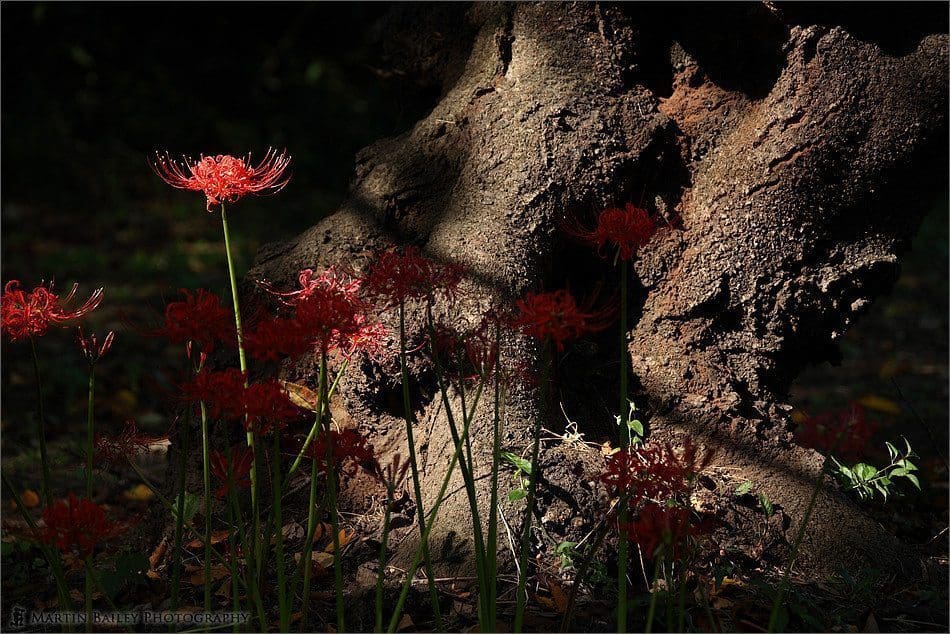
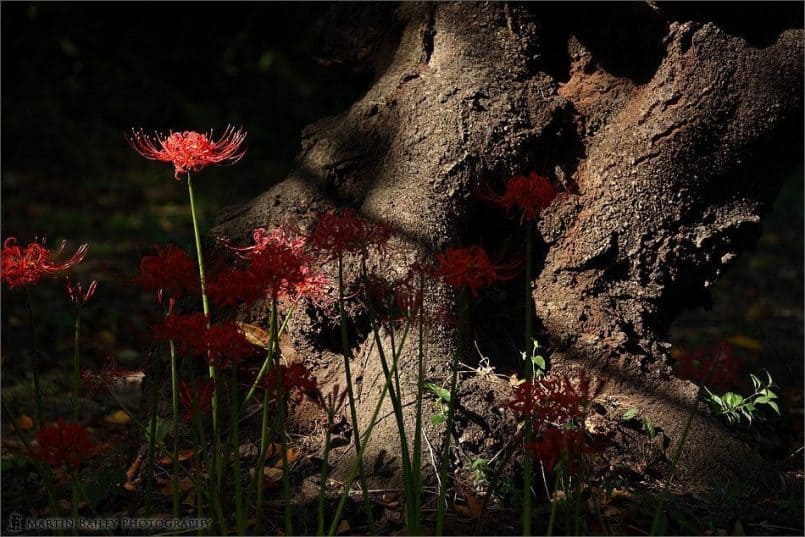

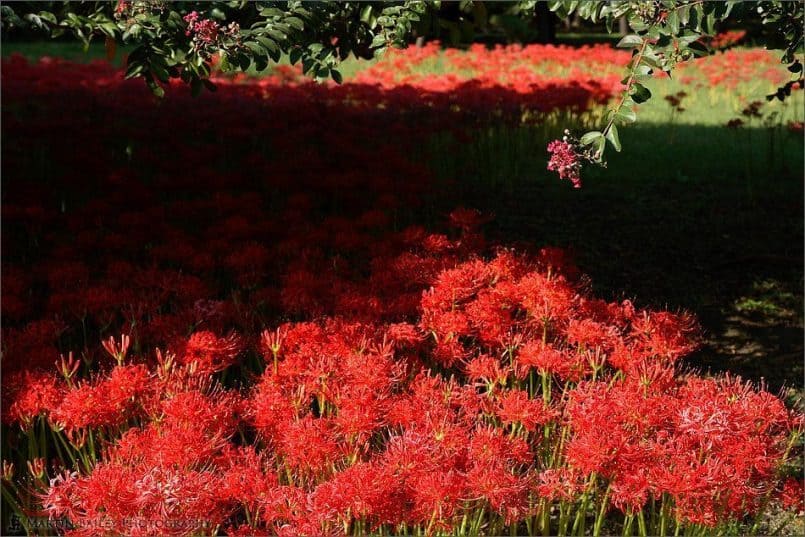
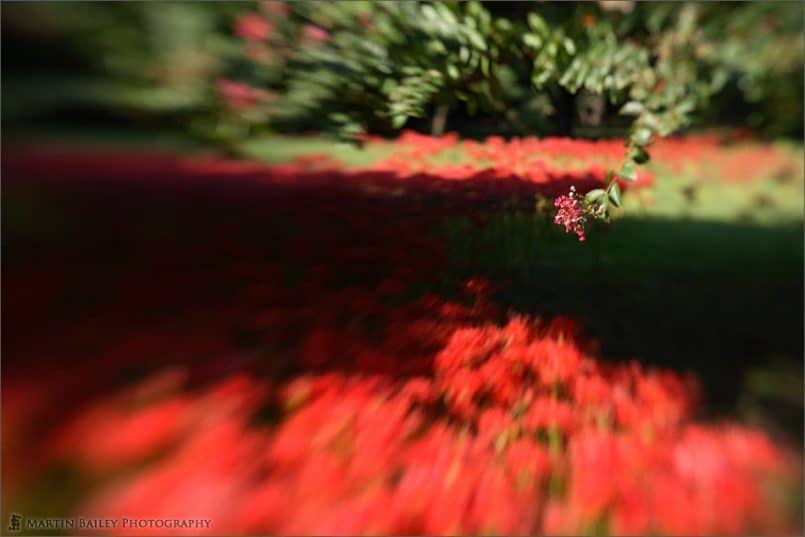
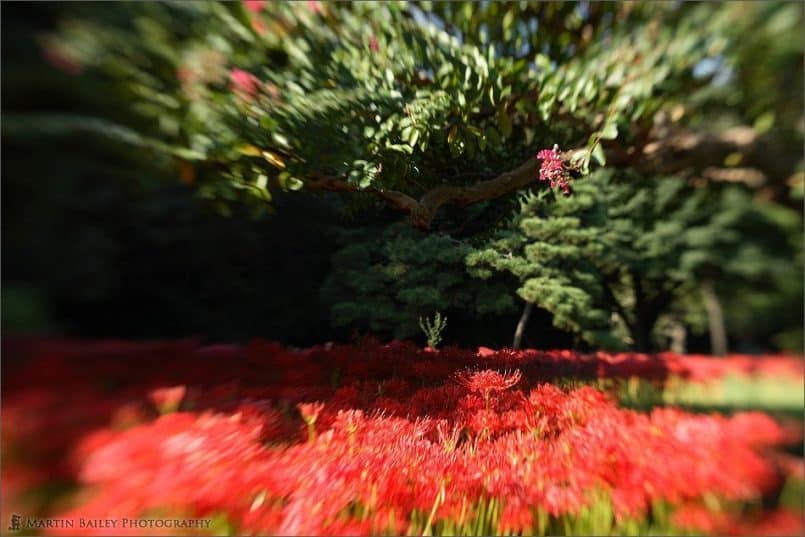
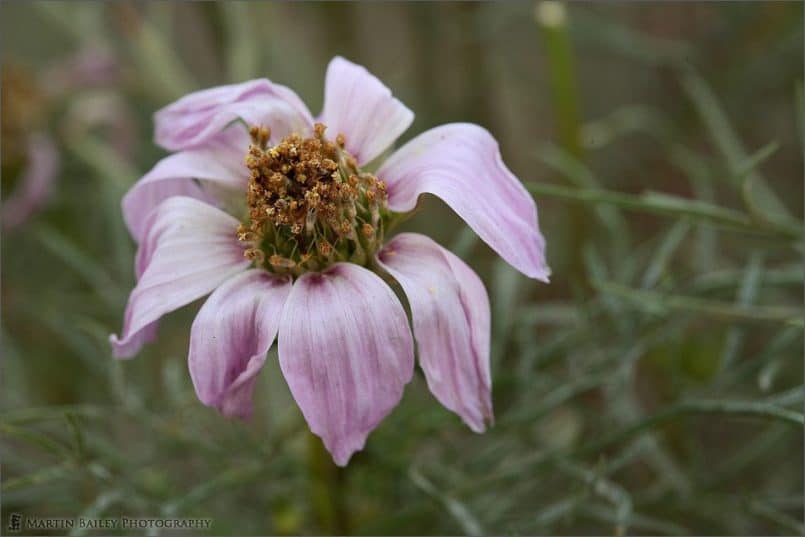
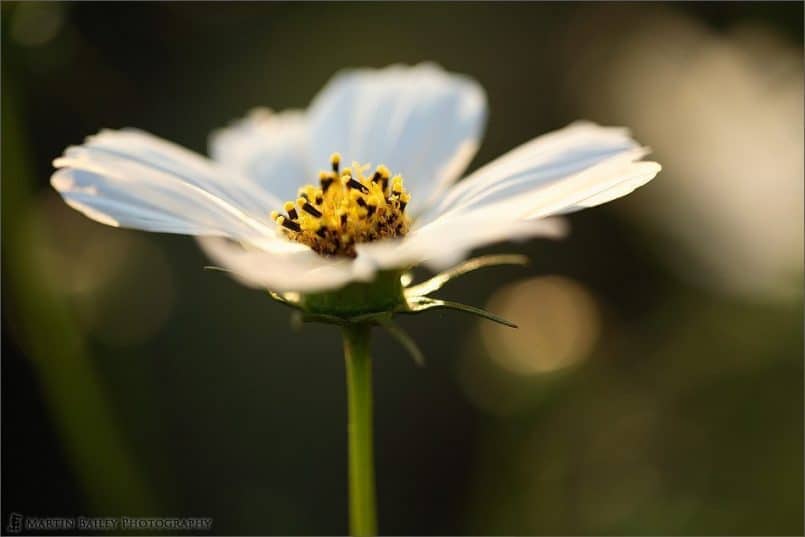

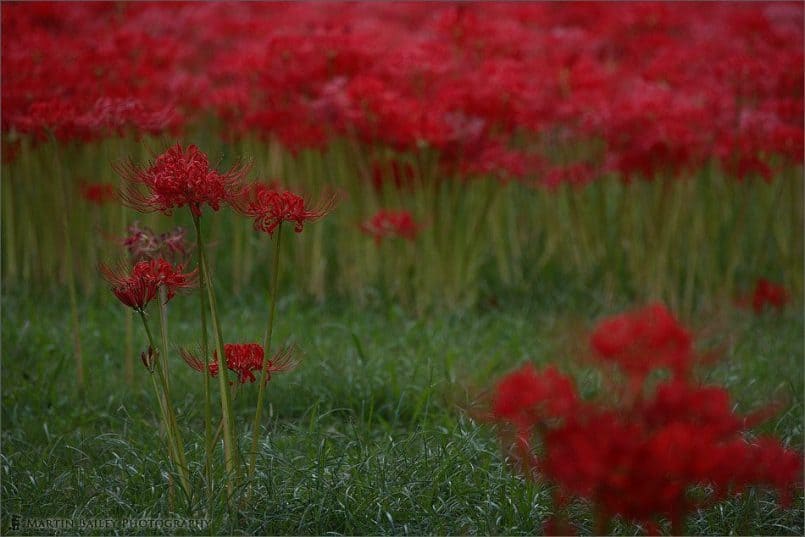

0 Comments